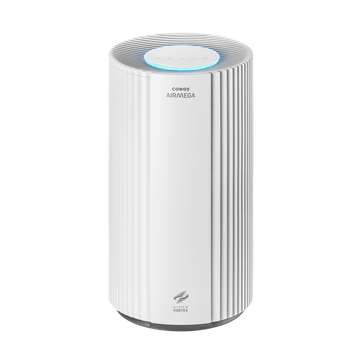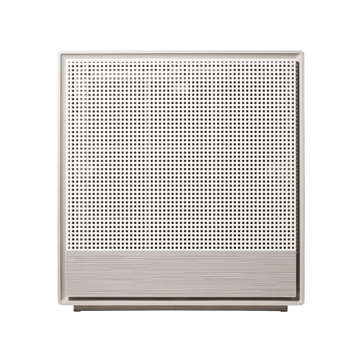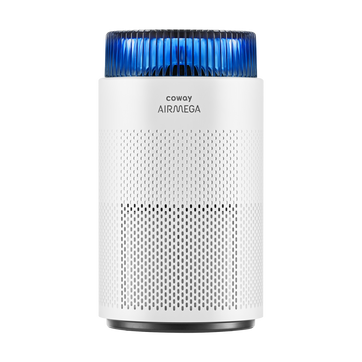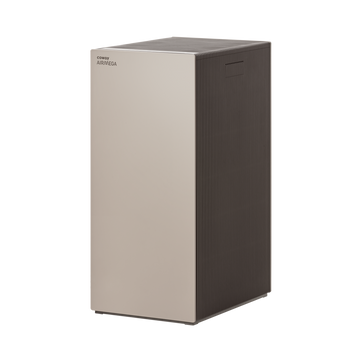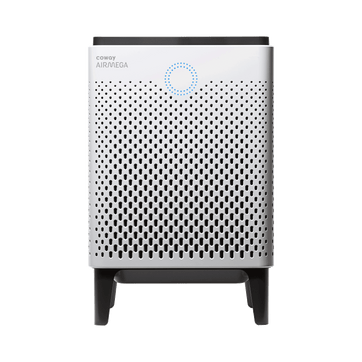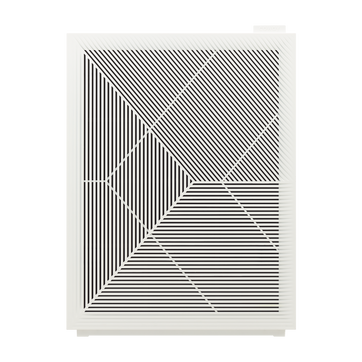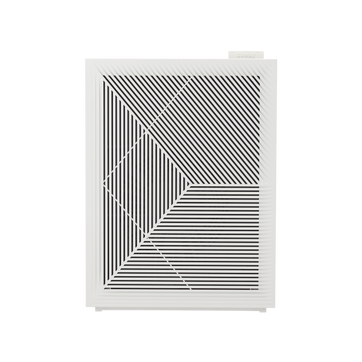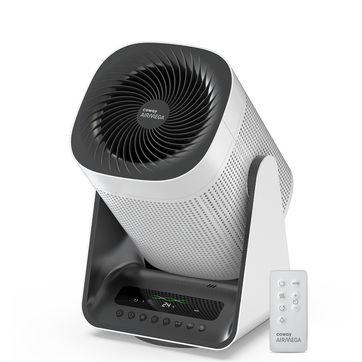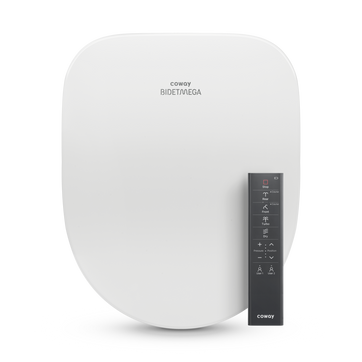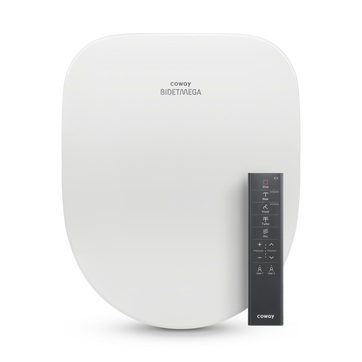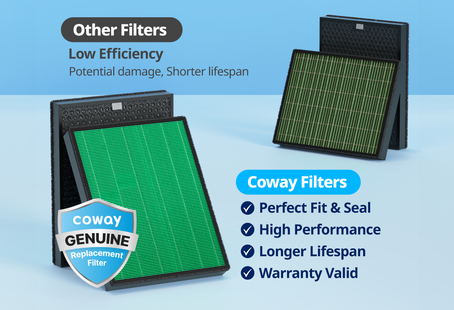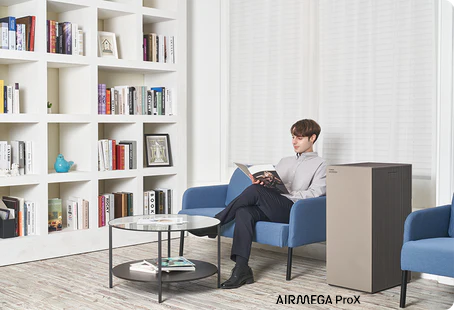
Air pollution and pregnancy
It’s common knowledge that pregnant women need to have a nutritious diet, but what about the air they breathe? New research suggests that air pollution, both indoor and outdoor, can have an effect on prenatal health.
According to a recent article in the New York Times, researchers in London studied the relationship between expectant mothers’ exposure to air pollution, as well as traffic noise, and the birth weight of their babies. Their conclusion: The risk of low birth weight increased significantly for mothers exposed to more air pollution.
Low birthweight is tied to an increased risk of diabetes, heart disease and hypertension when infants grow up. Plus, other studies have shown air pollution to be a predictor of pre-term birth, as well as babies born with autism or who develop asthma later in life, and fertility problems in men and women.
The study assessed the level of airborne particles that enter the lungs, throughout a variety of London neighbourhoods between 2006 to 2010, and compared those findings to the birth weights of more than 540,000 babies. Researchers learned that the risk of low birth weight increased by 15 percent for every 5 micrograms per cubic meter increase in air particles.
Another study conducted in Beijing, noted for its poor air quality, also connected pollution to low birth weights. Researchers studied pregnant women during the two months of the 2008 Olympics when government mandates required emissions to be lowered. The findings: Women in their eighth month of pregnancy during that time delivered babies who were 0.8 ounces heavier than women who gave birth the year before.
The steps pregnant women need to take to protect themselves and their babies from indoor air pollution may be even more important than those aimed at outdoor contaminants. That’s because Americans spend 90 percent of their lives indoors, according to the EPA. For one thing, remember that whenever you cook or take part in other activities, like painting or even using hair spray, you introduce contaminants into your household. With that in mind, use a vent hood when cooking, check for mould and install carbon monoxide detectors. Also, air purifiers with a HEPA-air purifier like Airmega can help mother and baby breathe both easier and healthier.
Disclaimers
1Coway air purifiers has been proven to trap dust, pollen, dander, viruses and bacteria in the air based on KCL (Korea Conformity Laboratories) testing.They have been tested in a 30㎥ size chamber according to the Korea Air Cleaning Association standard (SPS-KACA 002-132:2022 Modified) to measure the 0.01㎛ size of particle removal rate. It was tested on maximum airflow speed in normal room temperature and humidity conditions. The performance may vary in the actual living environment of customers.
→ Tested with Airmega Aim, 150, 160, AP-1216L, AP-1512HH, AP-1512HHS, 200M, Icon, IconS, 230, 240, 250, 250 Art, 250S, 300, 300S, 400, 400S, ProX
299.97% of viruses, bacteria, fungi and pollen were verified to be removed from the air for Coway air purifiers which have Green True HEPA™ filter applied based on the Japan Food Research Laboratories(JFRL) testing according to JEM 1467 standard.
→ Tested with Coway Airmega AP-1512HH, AP-1512HHS, 250, 250 Art, 250S, 300, 300S, 400, 400S
→ All tested by JFRL and received above result within below time.
All tested by JFRL and received above result within below time.
- Virus: Tested with Escherichia coli phage ΦX174 NBRC 103405, 60 minutes
- Bacteria: Tested with Staphylococcus epidermidis NBRC 12993, 60 minutes
- Fungi/Mold: Tested with Penicillium citrinum NBRC 6352, 60 minutes
- Pollen: Tested with Cedar Pollen extract, 60 minutes
3Aerosol test conducted in a Biosafety level 3 laboratory with two Coway air purifier models, Coway Airmega 250 and 400 for removal of SARS-CoV-2 Aerosol by US based MRI Global, a not-for-profit laboratory and partner of US Department of Defense. The test was conducted in a 13.1ft3 chamber. Virus was aerosolized for 15 minutes and the product was turned on high for 2 minutes. Result showed each product effectively removed over 99.98% of the SARS-CoV-2 in 2 minutes. This is a result from a laboratory experiment condition and result may vary in different conditions. This result does not imply it kills SARS-CoV-2 or prevents the transmission of Covid-19. Coway Airmega 250S and 400S are identical to the tested models and has equal performance with an additional mobile connectivity function.
4The concentration of ammonia, acetaldehyde and acetic acid were proven to be removed within 30 minutes by FCG Research Institute, Inc. Human Life Science Lab. It is not a demonstration result in the actual use space. Not all odors and gases may be supported. → Tested with Coway Airmega 150, 160, AP-1512HH, AP-1512HHS, 400, 400S
5The coverage area of the air purifier is based on an area where the air cleaner can make two air changes per hour (ACPH). An air change per hour translates to how many times an air purifier can clean an area, assuming the height of a ceiling to be 8 ft, in one hour. Therefore ** means two air changes per hour means that the cleaner can clean the area once every 30 minutes and * means air changes per hour means that the air purifier can clean the area once every 60 minutes.
10Terms and conditions apply. Discounts, including promotions, coupons, bundle discount and subscription discount, cannot be stacked on top of other coupons. During promotional periods, discount codes will not be able to be applied to orders. Promo codes may apply to products only—filters, accessories, and new products within 3 months of the release date are not included.
